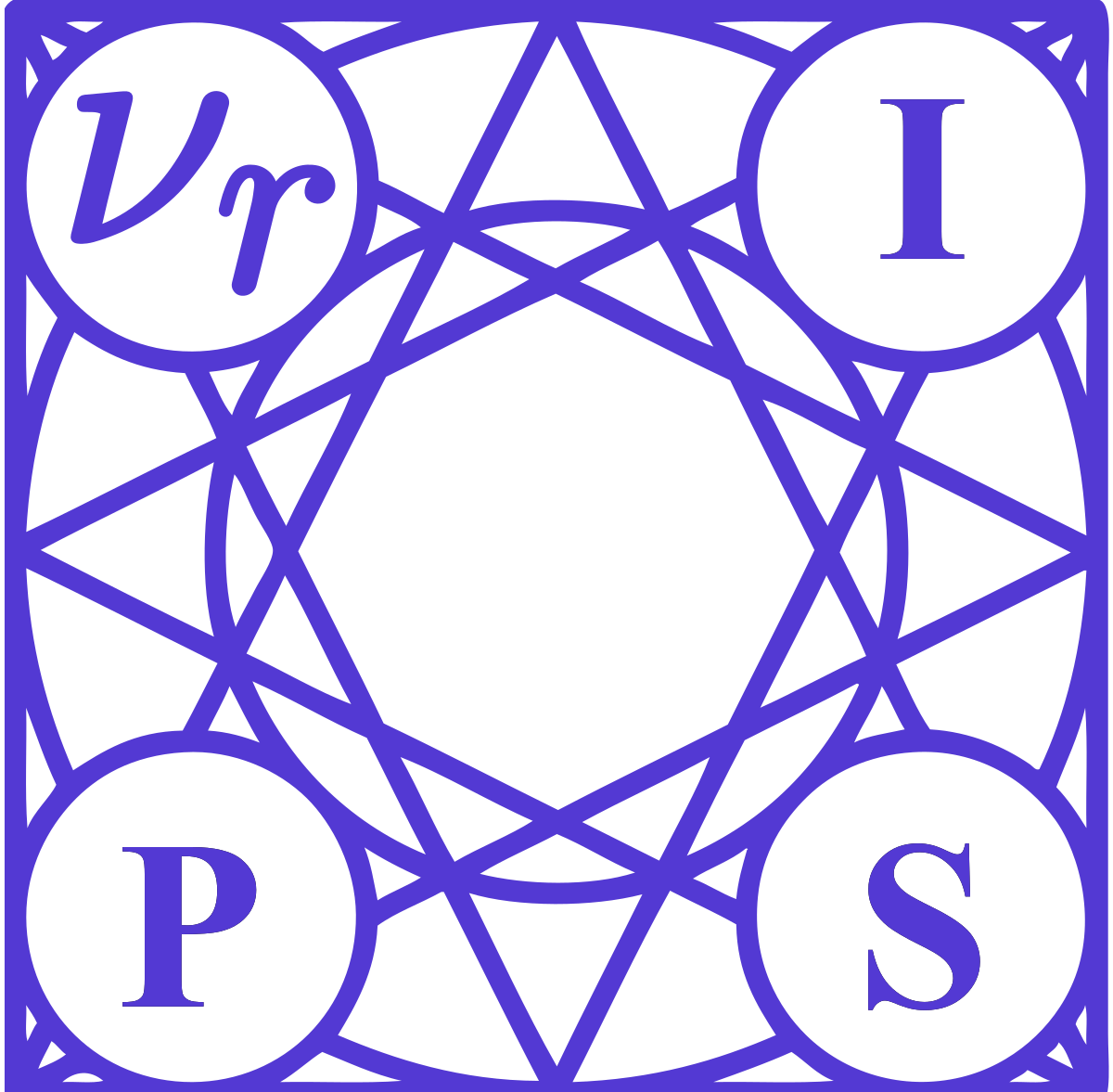Thomas Sutter, Imant Daunhawer and Kieran Chin-Cheong will present posters at the Visually Grounded Interaction and Language, Bayesian Deep Learning and Machine Learning for Health (ML4H) workshops at NeurIPS 2019 in Vancouver, Canada. Congratulations! Please read on for more information:
Multimodal Generative Learning Utilizing Jensen-Shannon-Divergence
Thomas Sutter, Imant Daunhawer, Julia E. Vogt
Abstract: Learning from different data types is a long standing goal in machine learning research, as multiple information sources co-occur when describing natural phenomena. Existing generative models that try to approximate a multimodal ELBO rely on difficult training schemes to handle the intermodality dependencies, as well as the approximation of the joint representation in case of missing data. In this work, we propose an ELBO for multimodal data which learns the unimodal and joint multimodal posterior approximation functions directly via a dynamic prior. We show that this ELBO is directly derived from a variational inference setting for multiple data types, resulting in a divergence term which is the Jensen-Shannon divergence for multiple distributions. We compare the proposed multimodal JS-divergence (mmJSD) model to state-of-the-art methods and show promising results using our model in unsupervised, generative learning using a multimodal VAE on two different datasets.
Improving Multimodal Generative Models with Disentangled Latent Partitions
Imant Daunhawer, Thomas Sutter, Julia E. Vogt
Abstract: Multimodal generative models learn a joint distribution of data from different modalities---a task which arguably benefits from the disentanglement of modality-specific and modality-invariant information. We propose a factorized latent variable model that learns named disentanglement on multimodal data without additional supervision. We demonstrate the disentanglement capabilities on simulated data, and show that disentangled representations can improve the conditional generation of missing modalities without sacrificing unconditional generation.
Generation of Heterogeneous Synthetic Electronic Health Records using GANs
Kieran Chin-Cheong, Thomas Sutter, Julia E. Vogt
Abstract: Electronic Health Records (EHRs) are commonly used by the machine learning community for research on problems specifically related to health care and medicine. EHRs have the advantages that they can be easily distributed and contain many features useful for e.g. classification problems. What makes EHR data sets different from typical machine learning data sets is that they are often very sparse, due to their high dimensionality, and often contain heterogeneous data types. Furthermore, the data sets deal with sensitive information, which limits the distribution of any models learned using them, due to privacy concerns. In this work, we explore using Generative Adversarial Networks to generate synthetic, \textit{heterogeneous} EHRs with the goal of using these synthetic records in place of existing data sets. We will further explore applying differential privacy (DP) preserving optimization in order to produce differentially private synthetic EHR data sets, which provide rigorous privacy guarantees, and are therefore more easily shareable. The performance of our model's synthetic, heterogeneous data is very close to the original data set (within 4.5%) for the non-DP model. Although around 20% worse, the DP synthetic data is still usable for machine learning tasks.
